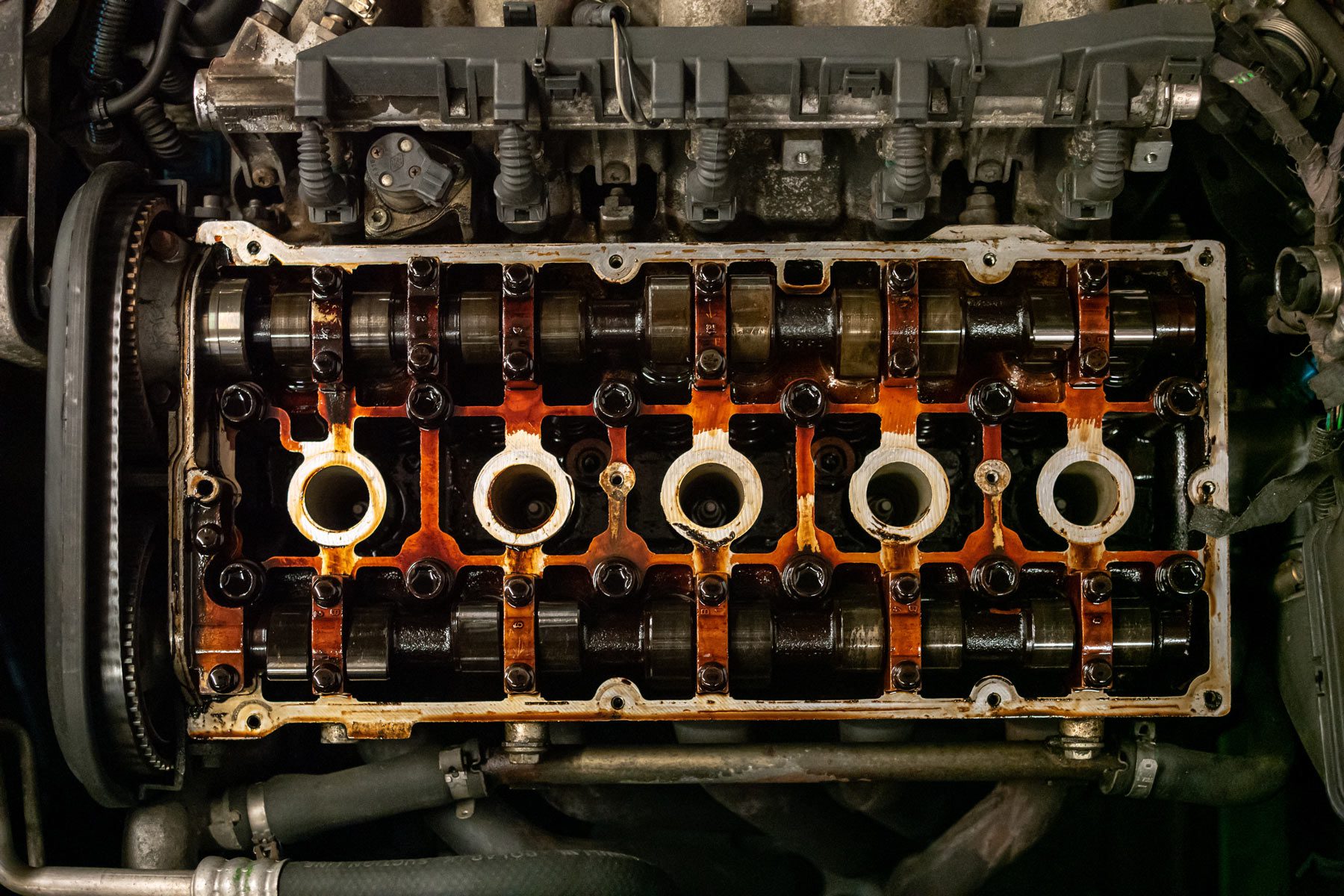Discovering the very best Deals on Opel Corsa Engine Components
Discovering the very best Deals on Opel Corsa Engine Components
Blog Article
Exploring the Inner Workings of a Compact Car's Engine System
As chauffeurs, we commonly take for given the elaborate processes that occur within the boundaries of our lorry's engine system. The portable yet complicated machinery that pushes us forward is a marvel of design accuracy and sychronisation. From the controlled surges in the combustion chamber to the precise timing of fuel shot, every element plays a vital function in the smooth operation of the engine. In this expedition of a small vehicle's engine system, we will certainly unwind the inner operations of this mechanical harmony, dropping light on the mysteries that drive us onward on our everyday trips.
Burning Process Introduction
The combustion procedure in a compact automobile's engine system is a crucial device that efficiently transforms gas into power to power the vehicle. This process takes place within the combustion chamber of the engine, where gas and air mix, stir up, and produce regulated surges. The combustion process includes 4 major stages: intake, exhaust, compression, and power.
During the consumption stage, the piston moves downward, attracting in a mixture of air and gas into the burning chamber. The next phase, compression, includes the piston relocating up, pressing the air-fuel blend to increase its effectiveness. Subsequently, in the power phase, the stimulate plug stirs up the compressed combination, leading to a quick growth of gases that compels the piston back down. This descending movement produces the power required to drive the car. In the exhaust phase, the scorched gases are removed from the burning chamber via the exhaust valve, preparing the chamber for the following cycle. This cyclic burning process is essential to the procedure of a portable car's engine system, ensuring effective power conversion for propulsion.
Piston and Cylinder Interaction

The piston's accurate fit within the cylinder is vital for preserving optimal compression and preventing power loss throughout combustion. Tight clearances in between the piston and cyndrical tube walls guarantee efficient securing, permitting the piston to relocate smoothly without allowing gases to leakage past. Appropriate lubrication is also essential to minimize friction and put on between these elements, enhancing long life and performance.
Furthermore, the layout and materials made use of in manufacturing the piston and cyndrical tube impact engine performance and longevity. Modern engines commonly employ light-weight yet resilient products like aluminum alloys for pistons and cyndrical tube liners to minimize inertia and enhance thermal performance. In general, the unified interaction between the piston and cyndrical tube is essential to the engine's capability and overall efficiency.
Fuel Injection System Capability
Fuel injection systems in small vehicle engines play an important role in exactly supplying gas to the combustion chamber for effective and regulated ignition. The fuel shot system operates by injecting fuel into the burning chamber at the optimum moment during the engine's operation (opel corsa engine). This exact timing ensures that the fuel mixes uniformly with the air for correct burning, leading to improved fuel effectiveness and lowered exhausts
There are primarily two types of gas shot systems made use of in compact car engines: port fuel injection (PFI) and direct gas shot (DFI) PFI systems infuse gas right into the consumption port prior to the intake valve, while DFI systems inject gas directly into the combustion chamber. Both systems have their advantages, with DFI providing much better fuel atomization and PFI supplying an extra cost-effective solution.
Understanding Engine Cooling Mechanisms
Effective operation of a compact vehicle's engine relies heavily on the performance of its cooling devices. Engine browse around these guys air conditioning is vital to protect against getting too hot, which can bring about severe damages and decreased performance. The air conditioning system in a small automobile usually includes a number of parts working with each other to control the engine temperature. One critical component is the radiator, which makes use of coolant to take in warmth from the engine. As the warm coolant streams via the radiator, it launches heat right into the air, cooling off before going back to the engine. The water pump distributes the coolant through the engine and radiator, ensuring a regular flow to regulate temperature level. Additionally, the thermostat aids manage the coolant flow to preserve optimal engine temperature level. Some cars also have cooling followers that trigger when added cooling is required, such as during rush hour or heat. Recognizing these engine cooling devices is important for keeping the performance and durability of a compact automobile's engine system.

Exhaust System Elements Explained
The optimal functioning of a small automobile's engine air conditioning devices depends on a complementary system called the exhaust system, which comprises different necessary parts for making certain reliable exhausts and engine efficiency. The exhaust system consists of parts such as the exhaust manifold, catalytic converter, muffler, and tailpipe. The exhaust manifold accumulates exhaust gases from the engine's courses and cyndrical tubes them to the catalytic converter. The catalytic converter after that transforms dangerous toxins in the exhaust right into much less dangerous discharges before releasing them through the muffler and tailpipe.
One crucial part of the exhaust system is the oxygen sensing unit, which keeps track of the This Site oxygen degrees in the exhaust gases to assist regulate gas usage and make certain optimum engine efficiency. opel corsa engine. Additionally, the resonator might exist in some exhaust systems to reduce noise levels. On the whole, the exhaust system plays a crucial role in preserving engine effectiveness, lowering dangerous discharges, and guaranteeing a quieter driving experience for small automobile owners

Final Thought
In final thought, the portable automobile's engine system is a complex mix of parts that collaborate to promote the combustion process, convert fuel into power, and eliminate waste gases. Understanding the inner functions of the engine system, including the piston and cyndrical tube interaction, gas shot system, engine air conditioning systems, and exhaust system elements, is vital for keeping ideal performance and performance of the vehicle.
The burning procedure try this website in a portable vehicle's engine system is a vital mechanism that effectively transforms gas right into energy to power the automobile.Gas injection systems in portable lorry engines play a vital role in specifically providing fuel to the burning chamber for effective and controlled ignition.There are largely 2 types of gas shot systems made use of in portable lorry engines: port gas shot (PFI) and straight gas shot (DFI) Recognizing these engine cooling systems is crucial for maintaining the efficiency and long life of a small automobile's engine system.
The optimum performance of a portable lorry's engine air conditioning systems depends on a corresponding system understood as the exhaust system, which makes up various vital components for guaranteeing efficient exhausts and engine efficiency.
Report this page